May 6. 2022 - Latest News
Covid-19 makes seeing each other across the screen a daily occurrence.
How to design iterations of existing interactive design devices.
How do you iterate on existing interactive design devices to ensure that telecommuting can be accomplished successfully?
In the four-week course: DS224 Client Product: Experience
Students use interactive design thinking and tools flexibly to design iterations of the conference platform MAXHUB under the guidance of the experts from CVTE to make it more convenient and smoother to use
DS224 Client Product: Experience at SUSTech School of Design is taught by Professor LUO Tao and was officially completed on April 9th, 2022. This course focused on the design of user experience maps, and was conducted in collaboration with CVTE, and focuses on three typical scenarios of MAXHUB, an efficient conference platform used by firms. Students formed teams of 3-4 and teamed up with 2-3 experts from the CVTE design, user research, and open team departments to complete the interactive design projects under the guidance and advice of the experts.
During the design process, students gained an in-depth understanding of the three types of MAXHUB scenarios and other influencing factors that needed to be considered, which are: i. Report: one-to-many scenarios to display content, explanation, and Q&A, including regular department meetings, important announcement etc.; ii. Discussions: many-to-many discussion scenarios with clear objectives and outputs, including discussions about product solution, brainstorming, etc.; iii. Remote discussions: scenarios where participants are in two or more locations and need to conduct online discussions, including some people in a conference room offline, some people in another conference room in a different location, and a small number of people using computers online. The three groups of students deeply understood the three types of scenarios and customer needs, and used expert and user interviews, web surveys to identify pain points and key issues, with the goal of improving meeting efficiency by being smooth, accurate and orderly. In the preliminary stage to develop the first version of the experience model, students used flow chart and scenario simulation to continue to build the flow chart, develop the basic structure and main roles of the meeting. In the pre-collaboration workshop, students brainstormed with the experts from CVTE to explore more possibilities of the flowchart, dig deeper into more problems and pain points, make modifications to the next design direction, and finalize the interactive prototype based on their understanding of various scenarios of the meetings.
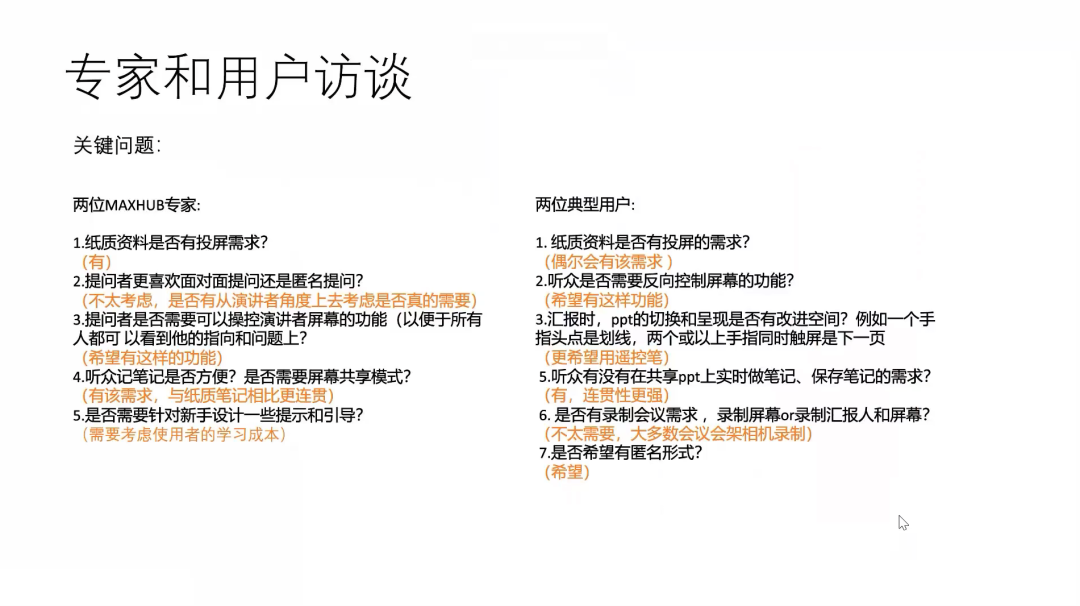
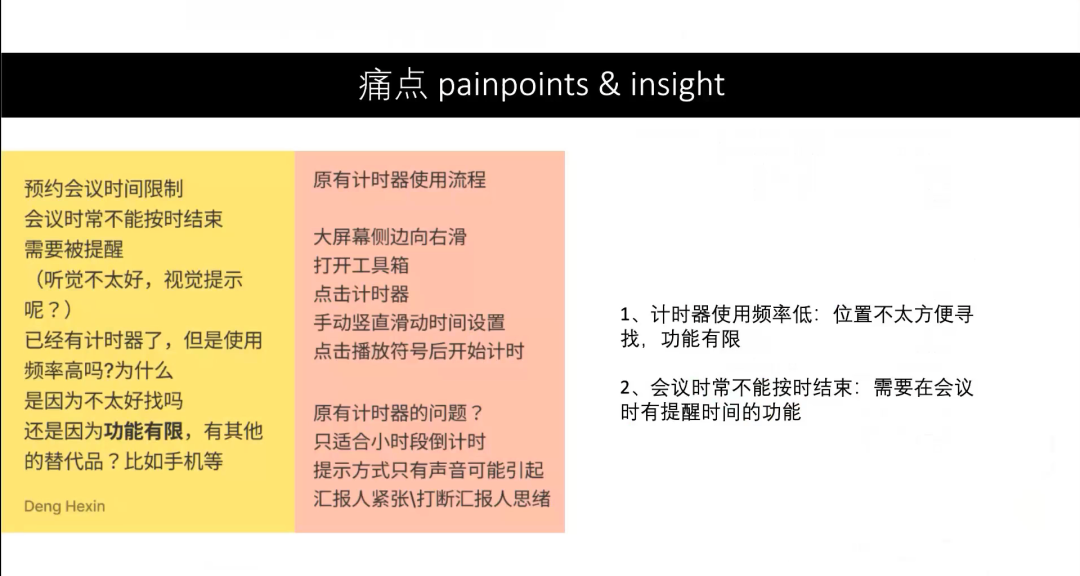
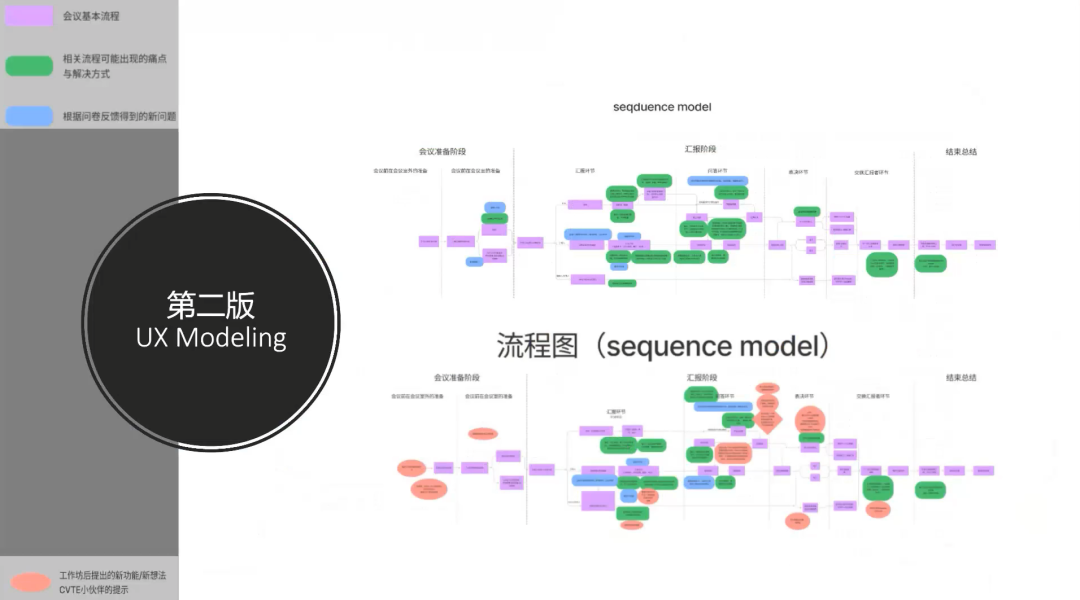
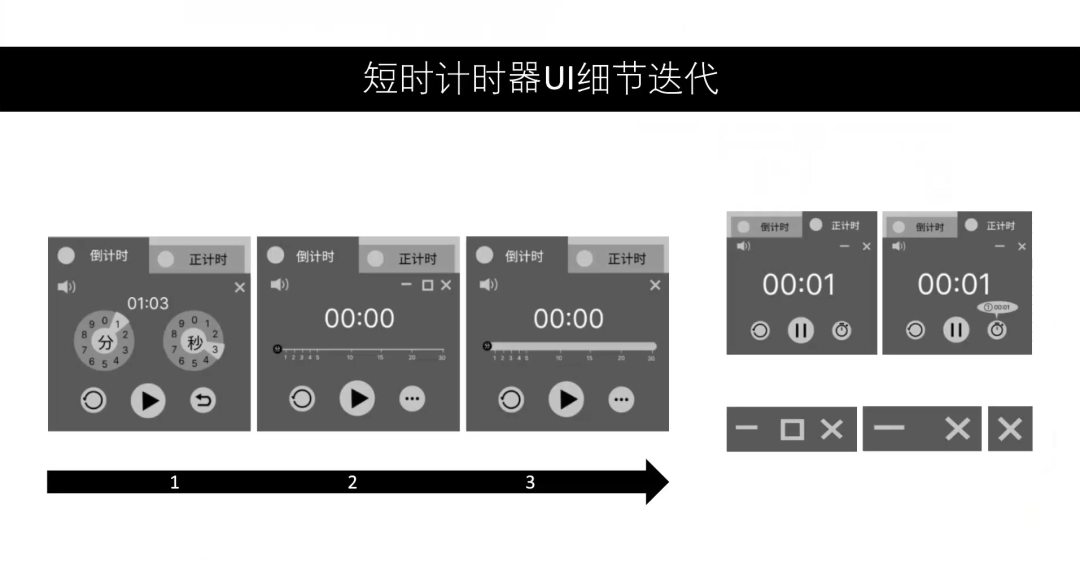
Project from the First Group
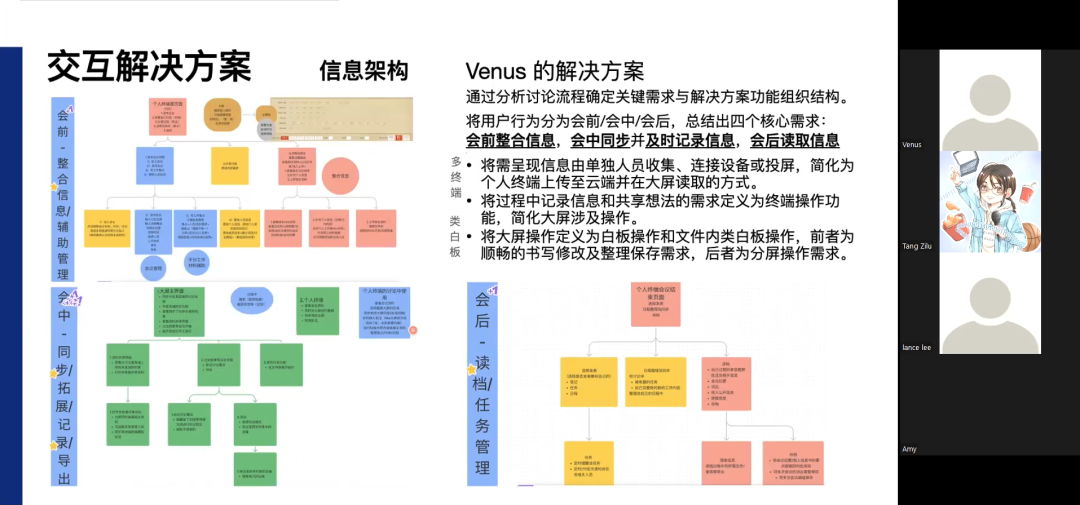
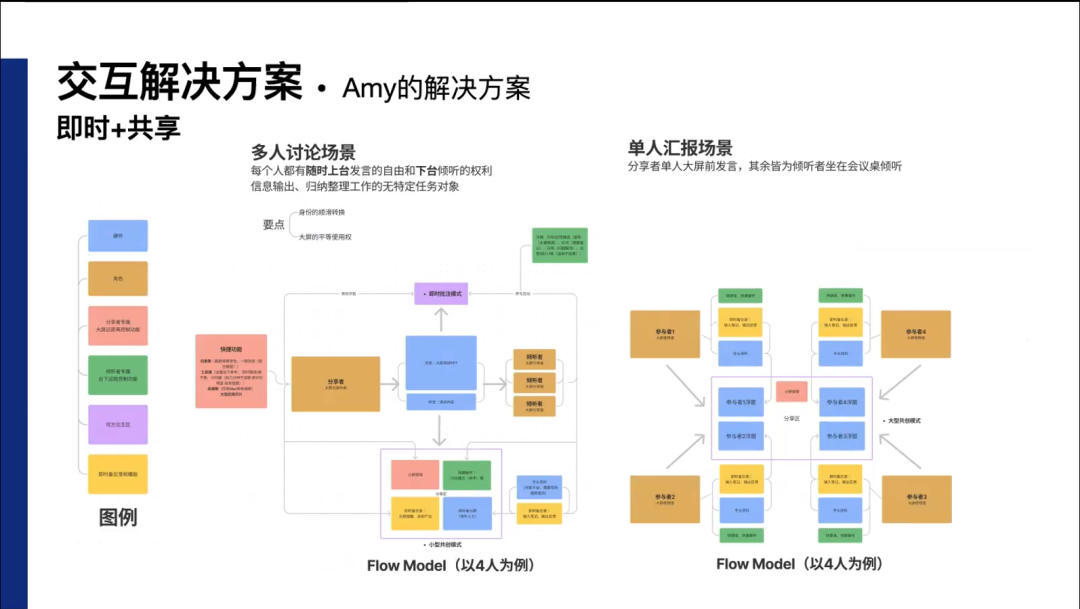


Project from the Second Group
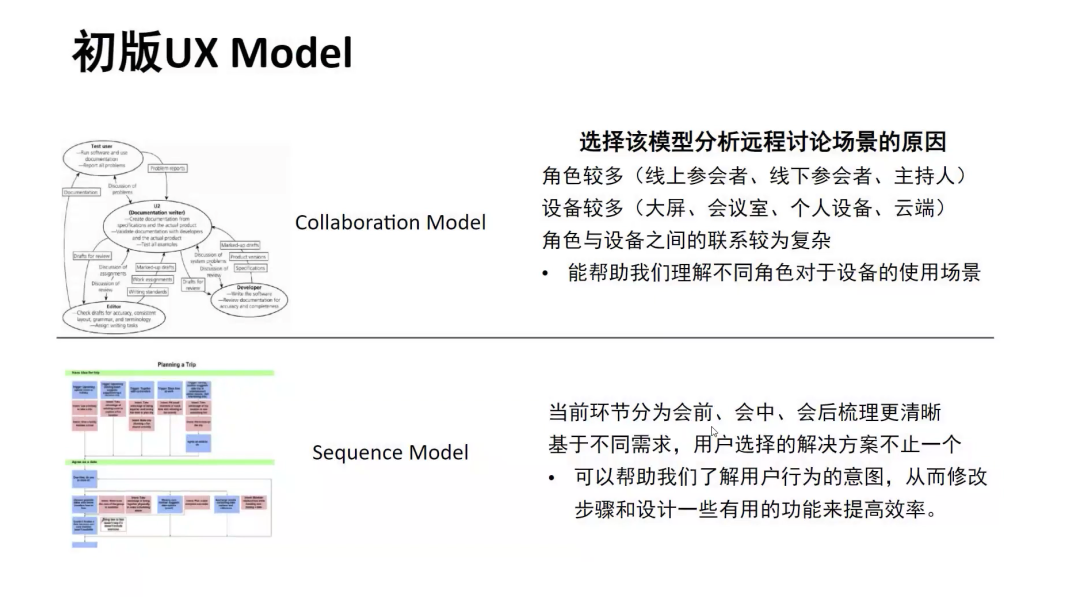
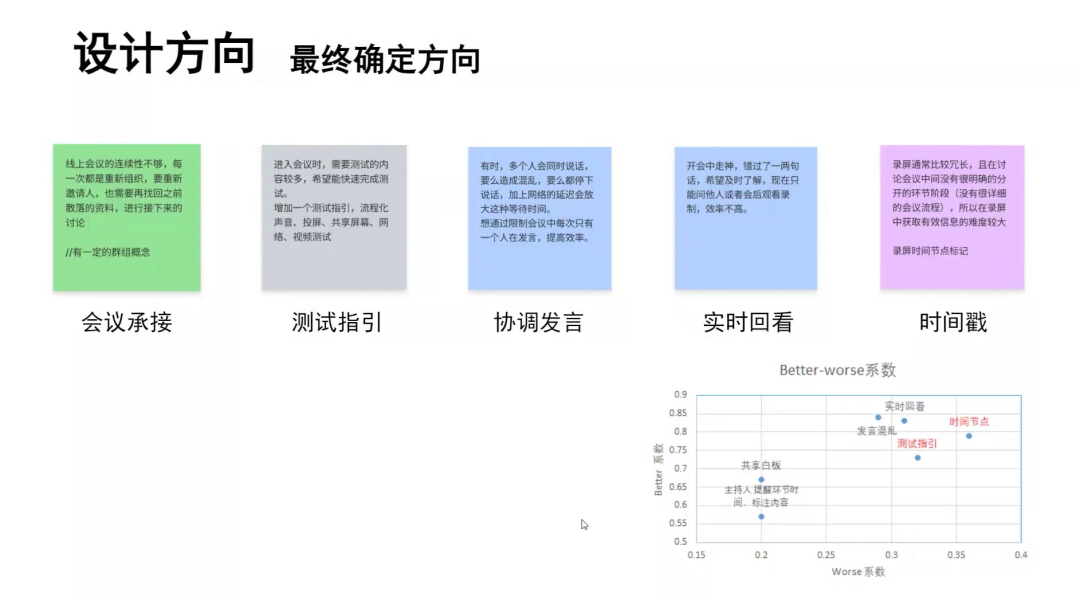
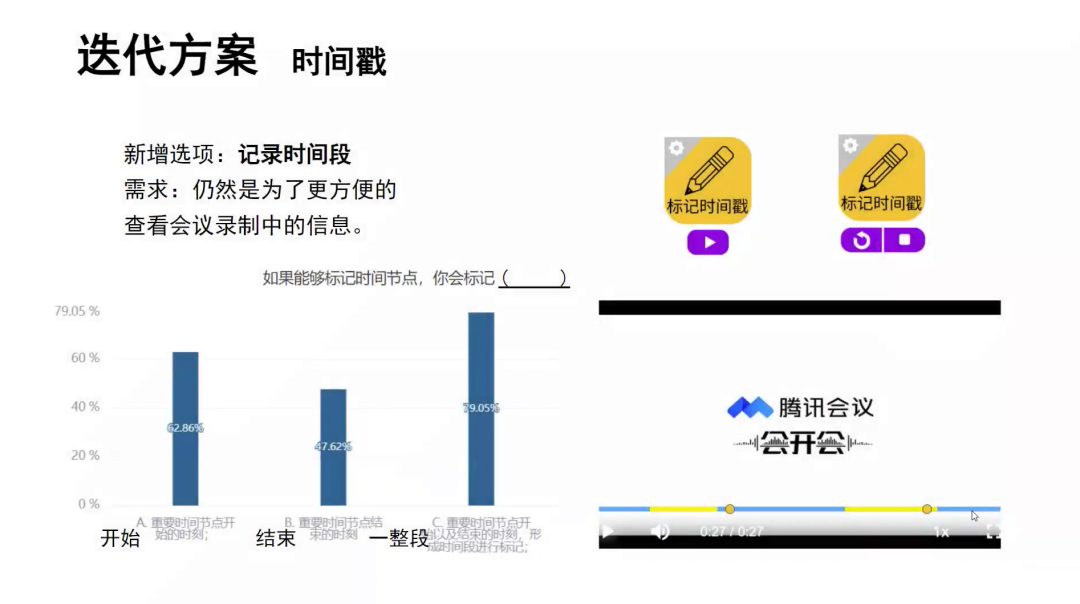

Project from the Third Group
On April 6th, ZHONG Weijie, HU Fanglong and LIU Xianrui, experts from the design team of CVTE, ZHANG Weiwei from Tsinghua University, LEI Qinyuan, Christiane M. Herr and AN Pengcheng from SUSTech School of Design were invited to participate in the final review of the project, and each student group presented their final design works in turn. LIANG Wansheng, SHENG Yue, DENG Yinxin, and GAO Yuan (the first group) chose the scenario of offline meeting with 7-15 people for debriefing. The purpose of the project was to improve the user experience of offline meeting by optimizing the functions of MAXHUB and indirectly improve the efficiency of the meeting. XU Tong, LI XIAN, BAI Yuwei, and TANG Zilu (the second group) focused on solving the large screen extension in discussion scenarios, analyzing various discussion scenarios at work, looking for difficult technical problems, communication problems in project promotion and problems in creation or planning, using three experience models to further explore user needs, envisioning specific scenarios, and finally proposing a series of design solutions to improve the efficiency of discussions. XU Yingxin, YAN Siyuan, and ZHANG Yijing (the third group) were required to solve the remote discussion scenarios, trying to solve network and technology-related problems, and finally established two design iterations of meeting takeover and timestamp.
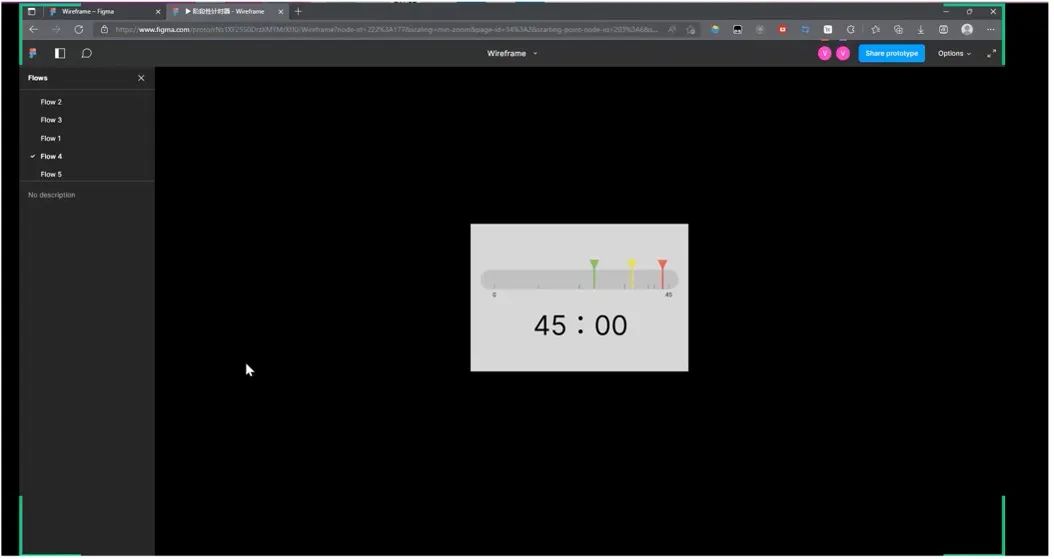
Final Presentation by the First Group
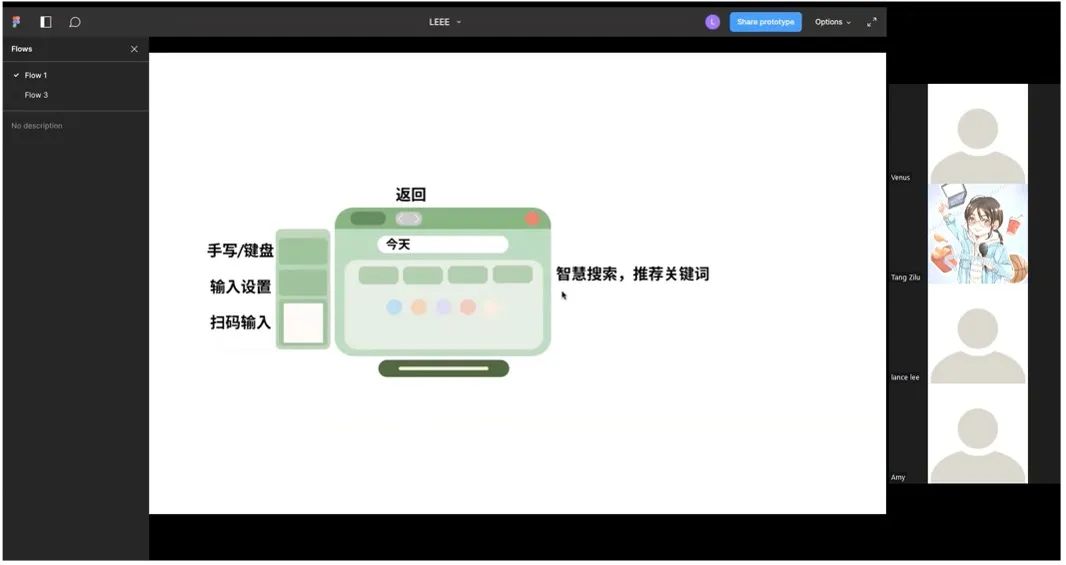
Final Presentation from the Second Group
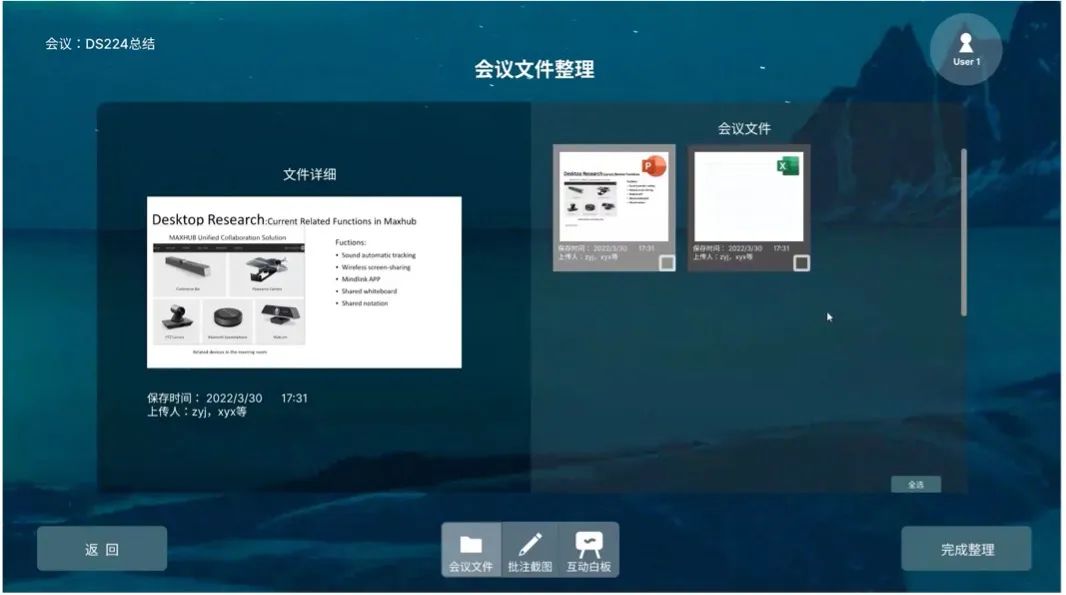
Final Presentation from the Third Group
The final report of this course received unanimous praise from the reviewers, who considered that the three groups of students’ works were full of highlights, presented a complete process and content, were able to capture and solve the pain points in their solution, designed iterations for the pain points, and proposed novel and practical new features. The course ended successfully with the laughter of the students and teachers.
Student Works
The whole design process was carefully recorded by the students, and edited into the form of video to be presented to everyone. These videos have been uploaded to the official Bilibili account of SUSTech School of Design.
First group: LIANG Wansheng, SHENG Yue, DENG Yinxin, and GAO Yuan
https://www.bilibili.com/video/BV1sR4y1P7Fo?spm_id_from=333.999.0.0
Second group: XU Tong, LI Xian, BAI Yuwei, and TANG Zilu
https://www.bilibili.com/video/BV1oL4y1V7Pr?spm_id_from=333.999.0.0
Third group: XU Yinxin, YAN Siyuan, and ZHANG Yijing
https://www.bilibili.com/video/BV1fS4y1c7Jh?spm_id_from=333.999.0.0
Special thanks to ZHONG Weijie, head of the Interactive Research Center of the Innovation Design Institute of CVTE, HU Fanglong, head of the Enterprise Service Studio, LIU Xianrui, head of User Research, DR. ZHANG Weiwei, Future Lab of Tsinghua University, and HU Jingwei, XIN Jiyun, co-founders of HAN YI Data, for their support and recognition of this course.
【Students of SUSTech School of Design】: LIANG Wansheng, SHENG Yue, DENG Hexin, GAO Yuan, XU Tong, LI Xian, BAI Yuwei, TANG Zilu, XU Yingxin, YAN Siyuan, and ZHANG Yijing
【Instructor】:Prof. LUO Tao
.png)
Sep 9. 2024 - Latest News
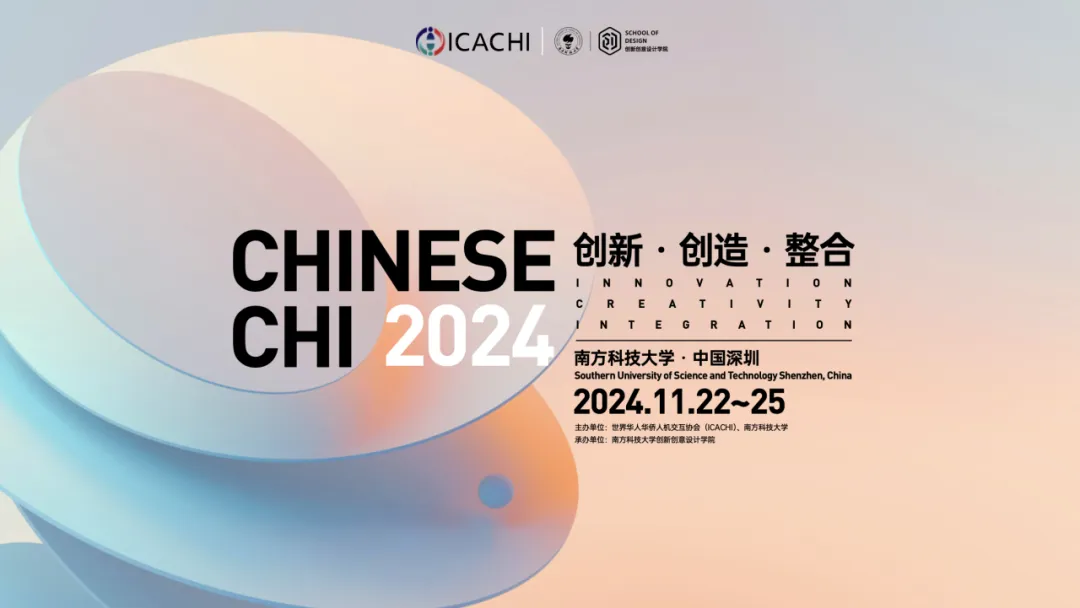
Nov 18. 2024 - Latest News

Dec 9. 2020 - Latest News